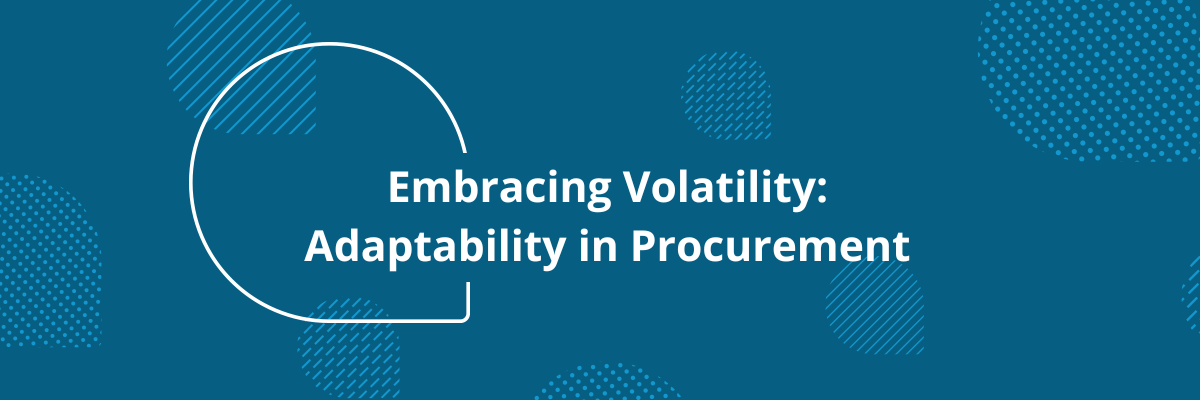In 2022, procurement executives discovered they needed to juggle roles beyond their original job description: they had to be economists, political analysts, climate scientists. With the backdrop of geopolitical tensions, climate change, and supply chain disruptions, procurement teams faced unprecedented challenges. As we navigate through a volatile landscape, it becomes increasingly clear that these roles will become part of the new normal in procurement, as described in the CPO Compass 2023 research completed by Procurement Leaders.
Navigating Global Instability
The conflict in Ukraine and the worsening relations between the US and China have thrown supply chains into disarray. With a quick resolution to the Ukraine conflict appearing unlikely, the procurement sector must brace for continued energy and commodity price inflation, potential energy shortages, and other difficulties posed by climate change.
Beijing's zero-Covid policy, coupled with geopolitical tensions and climate disruptions like low water levels affecting commercial shipping, continues to hamper exports from the world's second-largest economy. Consequently, procurement teams must prepare for possible future disruptions as well.
Tackling Inflation and Balancing Supply and Demand
With consumer price indexes projected to remain high into 2023, procurement teams were feeling the heat. While procurement functions are well-versed in handling price escalations, the current situation called for innovative strategies to shield both businesses and consumers from the worst impacts.
Entering the final months of 2022, the threat of cost inflation, particularly in energy prices, loomed large. Global economic growth was predicted to decelerate in 2022 and further in 2023. This slowdown could have tempered the inflationary pressure on raw materials, but the potential for price drops might have been hampered by energy and commodity costs, particularly as the conflict in Ukraine persisted.
Stress-Testing Supply Chains
Globalization's core tenets, which have dictated supply chain strategies for the past three decades, are under scrutiny due to growing risk-aversion. Amidst the current situation, procurement teams are compelled to evaluate their supply chains and prepare for short-term disruptions.
Data published during the onset of the Ukraine conflict showed the extent of disruption global events can cause. The data revealed that thousands of businesses worldwide were reliant on Russian and Ukrainian suppliers. With this level of disruption, procurement teams must ensure they are prepared for such eventualities.
Revisiting Inventory Strategies
The "just in time" inventory strategy, once a hallmark of efficient operations, has lost its sheen amid the ongoing upheaval. Now, a "just in case" strategy seems to be the new norm, as shortages of goods and raw materials challenge procurement teams to strike a balance between cost savings and supply continuity.
Towards a Resilient Supply Chain
Procurement teams must be proactive and assume that the seemingly rare events of the past will be more frequent in the future. The new normal requires procurement teams to stay vigilant in an unpredictable environment, optimize inventory strategies continuously, and collaborate with stakeholders and suppliers to unlock efficiencies.
In summary, the volatility of 2022 serves as a wake-up call for procurement teams worldwide. Adaptation and resilience in the face of instability will be key to navigating the uncertain landscape that lies ahead.

.png)
-2.jpg)

